Suresh Sambandam is an old hand at SaaS.
He founded OrangeScape in 2003, which works as Platform as A Service(PaaS) to build a modelling driven visual development environment for creating business applications and can be deployed as cloud apps, SaaS, or on-premise applications. The idea, Suresh reveals, was always to build a multi-brand product platform in the software sector.
But it is OrangeScape’s second product and Suresh’s newest baby that has caught the attention of investors and clients worldwide – KiSSFlow. KiSSFlow is primarily used for simplifying business and operations workflow for enterprises. And a smart play on the term – Keep It Simple Stupid. Like most SaaS offerings in this decade, KiSSFlow too is a cloud-first application.
KiSSFlow was first launched at Google.io in 2012 as an MVP (Minimum Viable Product) to test product market fit. It was originally positioned as a workflow solution for the Google Suite – consisting of Gmail, G-chat (now rebranded to Hangout), Google Docs, Calendar etc. “Google, which is used by millions of businesses the world over did not have the ability to build business process for Suite users. Customers wanted simple functionalities such as approving leave, filing taxes, building insurance claims and we built out KiSSFlow to automate these processes,” begins Suresh.
In other words, the platform became a sector-agnostic tool for any business operating in any vertical to integrate business ops with Google Suite. Interestingly, OrangeScape had raised funding only once before to the tune of $1 Mn in 2012 from Indian Angel Network for another product Visual – platform-as-a-service.
Gaining The First 100 Paying Customers
KiSSFlow was in beta for the first year and began accepting paying customers in the SME/SMB vertical, only in May 2013. The product too was moderately priced, $3 per month/per user. But the journey to gaining those first few customers was anything but easy. But because of the early testing at Google.io KiSSFlow was established as a pull product designed to solve an existing pain point and customers came calling early on.

“My personal schedule was vastly different back then,” Suresh chuckles. “My day started at 6 PM and ended at 3 AM, as I wanted to be fully involved with understanding how the MVP could turn into a product that customers would pay for. I didn’t want any filters between me and the customer or under position the company in any way and this could only be done, by constantly taking feedback from the initial, interested clients.”
The initial 20-member team was mostly involved in engineering, product support with a two-person marketing team spearheaded by Suresh himself. The way he tells it was that Bobby, the other marketing executive, would set up meetings with US customers (thus accounting for Suresh’s upside down schedule) and Suresh would then personally pitch the product over telephone and video to the client.
The thinking behind this kind of personalised communication was to have deep engagement with customers – understand their pain points and iterate the product accordingly with respect to pricing, hiring the right kind of roles, sales discounts and more. But the ulterior motive behind these chats was to basically determine ‘client discovery.’
Leveraging Inbound Marketing For Marquee Customers
Suresh was ensuring customer satisfaction in order to game up the product and to discover, refine and narrow down the places where customers could find the product – aka client discovery. “We are a pull product and so the first thing we decided on was to have an inbound marketing system in place, not field or event marketing. We are not looking to sell to our clients, we fulfil their needs.”
The founder defines KiSSFlow’s form of inside sales as a mixture of phone, email, and video. With the first form of communication beginning with email, proceeding to a customer service call (either telephone/video) and ending with a demo of the product if requested. “All the customers that we have today, across the world, we never met them face-to-face. We sit in an office in Chennai and conduct all our transactions through product demos, conversations. And with supporting documentation, either on our site or personally provided by us.”
The first few months of exclusively talking to customers helped the company incrementally optimise this inbound marketing machine, right down to advertising their presence in the space where their customer could find them.
“With inbound marketing, the cost of doing business goes down by an order of magnitude. On-premise sales are expensive and time-consuming. It won’t work for a bootstrapped SaaS startup like us.” This accounts for the organic growth the company experiences to this today – starting from onboarding 2-3 customers per week to tens of customers daily.
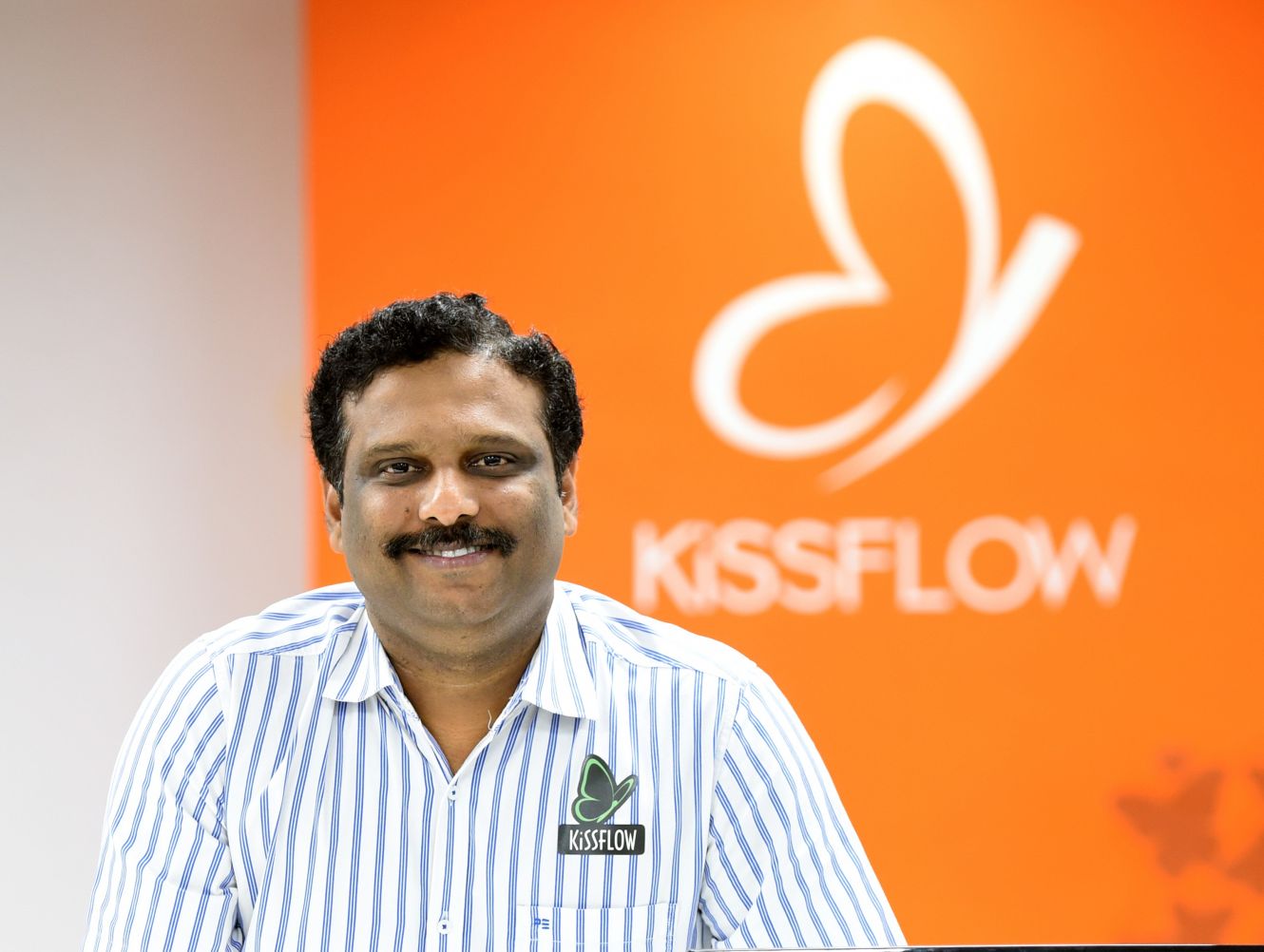
The company counts Domino’s, Motorola, Danone, The Telegraph, Pepsi, Michelin, Flipkart, HubSpot, Comcast as marquee customers and operates in about 120 countries across 5 continents. Suresh provides the breakdown of the customer demographic as having 50% clients from the US, 20% in Europe, 20% in South East Asia, and 7% in India. He defines this particular metric with: “SaaS founders who are in charge of sales/marketing need to stay close to the customers – their intent, suggestions need to be heard to ensure repeat business.”
Leaving Google, Integrating Google Material Design In UX
2015 was an important year for KiSSFlow.
Firstly, the team decided to launch the product outside of Google Apps, getting out of their comfort zone. When asked if they were afraid of losing customers, Suresh replies with, “We kind of went the opposite way. We integrated KiSSFlow with Office 365, which is Google’s competitor when it comes to office suite programmes. So the decision paid off.”
The team also improved on the UI/UX of the platform after careful consideration, using Google Material Design. “The basis of Material Design or design thinking is basically that presentation is as important, if not more, than features being provided on an app or a website. So it made sense to problem-solve for better functionality and presentation.”
The new version was built in 2016 and doubled the pricing – $6 per month/per user. The customers still kept coming in because of the 2x-3x functionality being offered by the product. “Our nearest competitors are operating at $15-$20,” adds Suresh with a chuckle.
A key reason for the low pricing is fulfilling customer demand, but Suresh does count selling SaaS from India as a side-benefit. “Chennai is ideal for SaaS,” Suresh opines. “The access to SaaS talent in India is higher in Chennai than say a Pune, Delhi NCR or Bengaluru. Companies like Zoho which is 3,000 employee strong, Freshdesk, ChargeBee are here populating the ecosystem with skilled, affordable talent.”
Which brings us to reason number three. “A huge benefit of selling from India is the cost of talent acquisition is significantly lower.” According to the recently released Startup Genome report, an engineer in Bengaluru is paid lesser than someone similarly skilled in Silicon Valley. “The cost of hiring is one-fifth and one-eighth of a US employee, this does play into our capex and opex.”
Creating The Perfect Workflow For Any Organisation
The KiSSFlow suite of products now works in the following manner.
After signing up on the platform, a user can install up to 50 apps into their daily workflow operations. These apps could be for anything from travel reimbursement to employee onboarding, focussing on the various touch points required by any business (large, medium or small).
This leads to creating the perfect flow for the organisation. “The platform also allows to pre-set certain triggers in order to skip unneeded steps that will reduce efficiency and productivity. And if you have more than one team working on the same project or task, you can even create complex workflows with parallel branches who are aware of other processes and secure in their own.”
The next step would be for the primary user to define permissions (who gets to access which part of the process, can view what) via editable, read-only, and view hidden tasks for every operation. These processes can begin with a single click of the primary user and any requests/inputting of tasks/completion of tasks can be handled on any smart device.
Where KiSSFlow helps in increasing efficiency and productivity is by allowing the monitoring of process in order to help eliminate bottlenecks for future tasks. And finally, the dashboard helps with viewing KPIs, preparing ad hoc reports and analyse dynamically generated data within the platform using a combination of big data analytics.
“It’s a five-step process. Takes minutes to be set up and works intuitively according to what you, as an enterprise wants – be it large or small scale.”
Battling Global Competition – With Quality Pricing
KiSSFlow is one of the companies which boasts of almost an entirely foreign client list so its competition is also global. The company counts companies such as PEGA, Apian as competition. These companies traditionally charge $500K-$1 Mn annually for using their products. The pricing is at the enterprise level with the number of users, running into the thousands. In stark contrast, KiSSFlow charges about $100K-$250K as annual charges to their largest enterprise customers. Perhaps, this accounts for the company declaring approximately $5 Mn in revenues, this year, as per the founder.
“Our margins are low and this helps in differentiating KiSSFlow as a product as far as price is concerned. Also, the way we have cracked inbound marketing is instrumental in distinguishing us.” Therefore adding to the company’s upward growth graph, growing 2x-2.5x every year since 2013.
But it isn’t always easy selling SaaS from India to Indians or otherwise. When asked to talk about the challenges of being a SaaS entrepreneur with a global client list, Suresh says,
“The main problem here is founder education or founder awareness. The normal business curve goes like this: 6-12 months for developing the product, the next nine months go in establishing PMF and getting the first few paid customers. If you’re lucky, the VCs will then invest in that PMF.”
But, according to Suresh, entrepreneurs get into the game thinking of this big-game fundraise, instead of focussing on building a sustainable business model.
He also mentions the lack of design skills and product management capability that is also lacking in Indian software talent as well as an incomplete grasp of how marketing works. “For our clients, all the information is available on the website. SaaS companies do not give brochures, we have an FAQ page. So it is all about helping those customers come on board smoothly. This process requires refining.”
Betting On Indian SaaS And Advice For Founders
He is still bullish about the Indian market though, talking about fellow entrepreneurs ‘building billion-dollar companies.’ “For instance, Signup, a company based in Chennai. They achieved $1 Mn in revenues in nine months, recently. In my time of starting up, this was not heard of.” He chuckles.
When prompted to speculate on the future of SaaS in the next five years, he is very confident on, “There will be no such thing as B2B software. Everything will be about software. Niche businesses that are completely non-SaaS (non-reliant on software) will be negligible.”
Suresh has seen it all and done it mostly by himself. So it behoves fellow SaaS founders to pay attention when he stresses on the most important metric to build a successful business.
“Ensure product market fit on a self-service model. The customer signs up, chats with you and is satisfied enough to put down their credit card for your service.”
He also emphasises on getting the marketing model right and, finally, he talks about the market. “If you are building, build for a $500 Mn valuation, at the very least. Know the market size of your vertical or your product and ensure it is big enough that, when you go for VC funding, they are suitably impressed to sign that cheque you want.”
[This article is part of Inc42’s SaaS series where we will be covering different aspects of SaaS in India and abroad.]




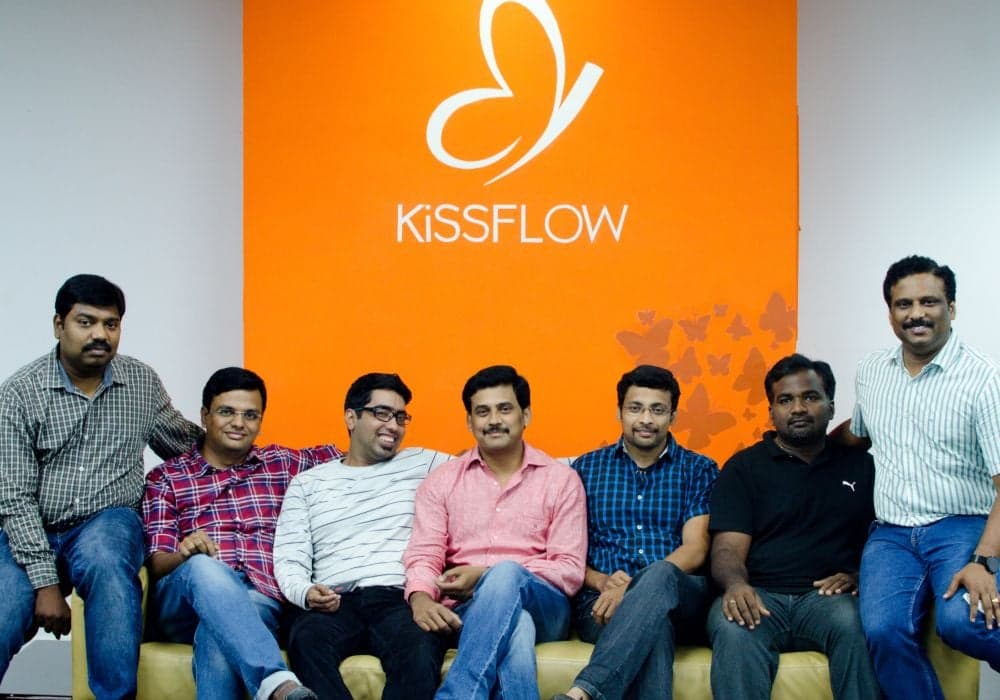





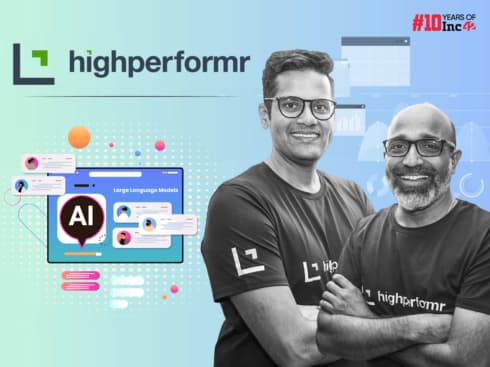
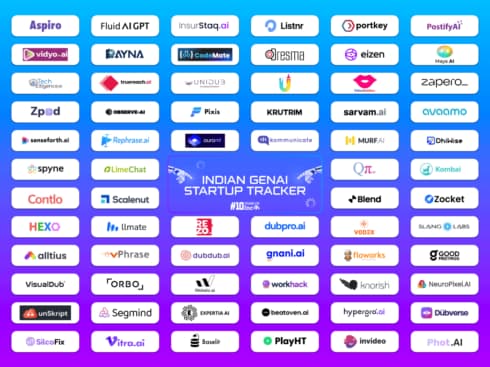
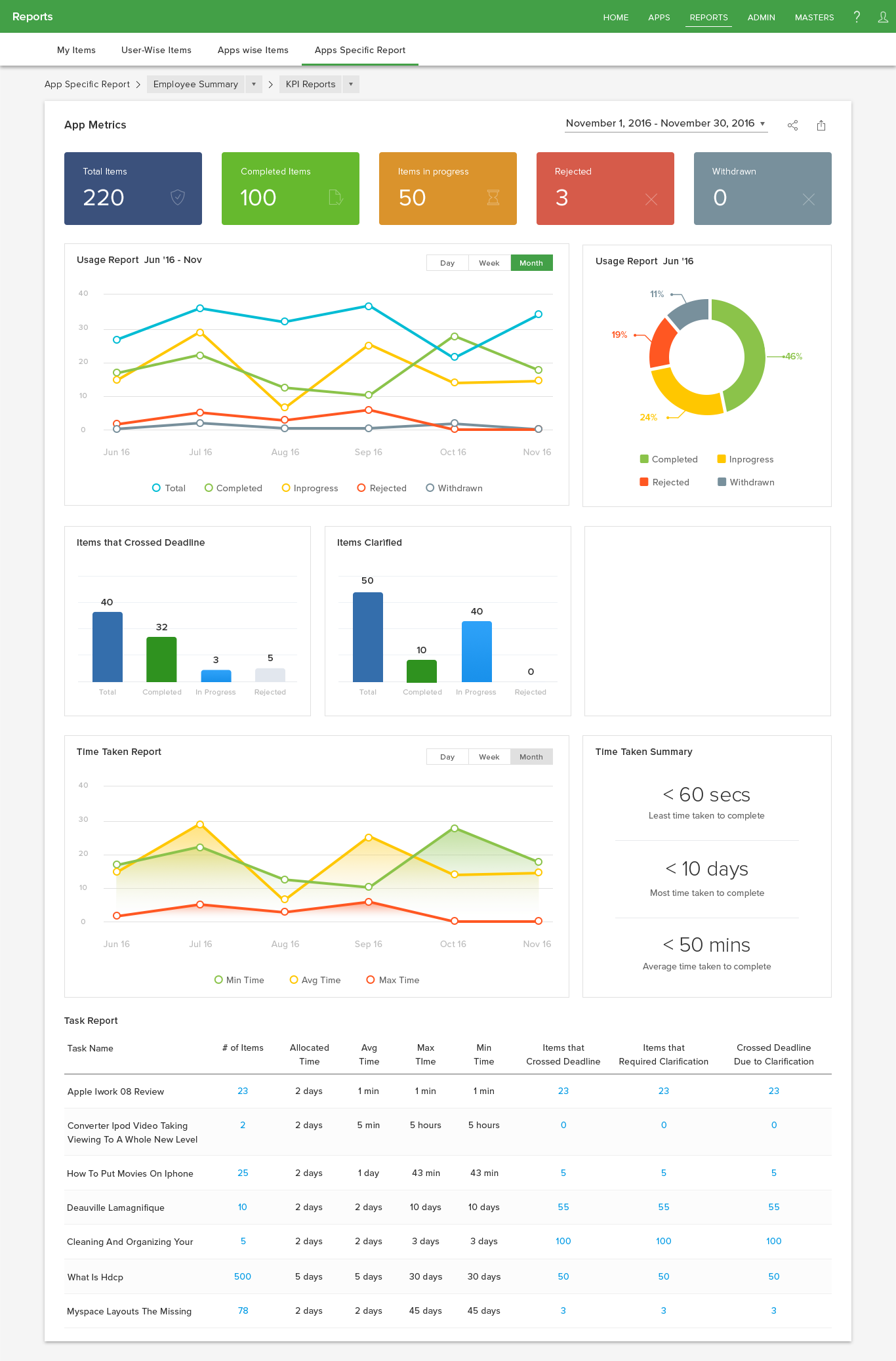





















 Ad-lite browsing experience
Ad-lite browsing experience